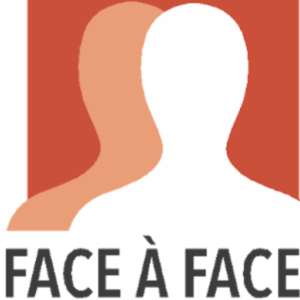Remembering 150 years of residential schools on Canada’s 154th birthday
When Phyllis Webstad was only six years old, she went to the Mission for one school year. It was 1973. She lived with her grandmother and never had much money, but her grandmother bought her a brand new outfit to go to the Mission school. Phyllis picked out a shiny orange shirt and felt so excited to go to school. When she got there, they stripped her, took her clothes, and she never saw that orange shirt again.
When she was 13 years old, she had a son. Since her mother and grandmother went to residential schools for a decade each, she didn’t know what it meant to be a parent and needed help from her aunt. At age 27, she began her healing journey. She writes, “I finally get it, that the feeling of worthlessness and insignificance, ingrained in me from my first day at the Mission, affected the way I lived my life for many years. Even now, when I know nothing could be further [from] the truth, I still sometimes feel that I don’t matter. Even with all the work I’ve done!”
This is a story usually told on September 30 for the National Day for Truth and Reconciliation. Phyllis created Orange Shirt Day on the same date. But it’s important to be telling it now, because the horrors of Canada’s residential schools are still present and felt every day.
In late May, the remains of 215 children were found at the former Kamloops residential school in British Columbia. Since then, another 715 unmarked graves were found in Saskatchewan residential schools. Just yesterday, another 182 unmarked graves were discovered near another residential school in BC. In 2019, it was reported that the number of children identified in death records during Canada’s residential school era was about 4,200. About 1,600 of them were unnamed. It’s estimated that there are thousands more as we continue to find remains.
Residential schools are not so far in the past as Canadians would like to think. The very last residential school in Canada closed in 1996, meaning people who are 25 years old today were alive while these schools operated. Many residential school survivors are still alive. And the abuse that took place is no secret, as prime minister John A. MacDonald said they were to “beat the Indian out of the child.” This isn’t in our high school history books, though.
The same year the last residential school closed, the Royal Commission on Aboriginal Peoples released its final report, whose fifth volume presented a roadmap to reconciliation. After Canada fell short on implementing proposed solutions, the Truth and Reconciliation Commission of Canada’s final report was released in 2015. The TRC contains 94 calls to action, including the implementation of the UN Declaration on the Rights of Indigenous Peoples. There is still much to be done.
At Face a Face, we recognize that Indigenous peoples are disproportionately affected by homelessness as a consequence of our colonial history, which includes residential schools and ongoing discrimination. Children were stolen from their families and traumatized. Even those who didn’t attend the residential schools deal with the intergenerational trauma and historical trauma transmission. These atrocities were legal and acceptable. It was only in 2008 that the Canadian government apologized for them.
Over 150 000 children attended residential schools during their 150 years of operation. Well over 6000 children died in the system. Let’s keep those numbers in mind while Canada celebrates its 154th birthday.
For more information
Donate and volunteer
Native Friendship Centre of Montreal
Other resources:




